Hello, beginners! Thank you for your interest in the wonderful world of espresso! This rich and aromatic coffee has won the hearts of many, and in this blog post, we’ll delve into the best beans for espresso and how to choose the right ones for you. By the end of this article, you’ll be well-equipped to find the perfect beans that suit your taste.
We’ll also explore the charm of espresso and its history, while discussing the different types of beans and how the roast level can impact your brew. We aim to make this information easy to understand, so everyone—especially beginners—can enjoy the experience. Stick with us until the end!
- Discover the allure and history of espresso
- How to choose the right beans and roast levels
- Recommended espresso beans to try
The Allure of Espresso and Its History
Espresso is a rich and flavorful coffee drink that stands out among its peers. In this section, we’ll dive into what espresso is and explore its fascinating history and cultural significance. By understanding the allure of espresso, you’ll enhance your overall coffee experience.
What is Espresso?
Espresso is a concentrated coffee made by forcing hot water through finely-ground coffee beans under high pressure. Unlike regular drip coffee, espresso is brewed quickly, allowing the natural flavors of the beans to be intensified. This results in a brew that’s aromatic and full-bodied. Additionally, espresso can be enjoyed in various ways; for example, adding milk transforms it into a cappuccino or latte.
When savoring espresso, the type of beans and their roast level significantly impact the flavor. Finding the right beans that suit your palate can elevate your espresso experience even further.
- Espresso is a concentrated coffee brewed under high pressure
- The natural flavors of the beans are intensified
- There are many ways to enjoy espresso
The History and Culture of Espresso
The origins of espresso can be traced back to early 20th century Italy. At that time, there was a growing demand for a quick way to serve coffee to busy individuals. This need led to the development of high-pressure brewing techniques, giving birth to espresso. Moreover, espresso is deeply intertwined with Italy’s café culture, serving as a vital social hub.
Today, espresso is beloved worldwide, with unique styles emerging in various regions. For instance, in Spain, a milk-based espresso called “café con leche” is quite popular. One of the joys of espresso is its ability to connect people and cultures across the globe.

If you’re intrigued by this article, check out our piece on “How the Flavor of Espresso Changes! Recommended Coffee Beans for Home Use” for tips on selecting the perfect beans to enhance your espresso enjoyment.
- Espresso was born in early 20th century Italy
- Developed as a quick coffee solution for busy individuals
- A diverse range of cultures that love espresso exists worldwide
How to Choose the Perfect Beans for Espresso
To truly enjoy espresso, selecting the right beans is crucial. Understanding the types and characteristics of coffee beans allows you to craft the perfect espresso tailored to your taste. Additionally, the roast level significantly impacts the flavor, so being aware of your options is beneficial. In this section, we’ll delve into how to choose the best beans for espresso.
Types of Beans and Their Characteristics
When it comes to espresso, there are primarily two types of beans: Arabica and Robusta. Arabica beans are known for their rich sweetness and aroma, featuring a pleasant acidity that creates a well-balanced flavor. On the other hand, Robusta beans are more bitter and have a fuller body, which can add depth to your espresso.
Choosing between these two types of beans is key when preparing espresso. You can use Arabica as a base and blend in some Robusta to achieve a balance of richness and aroma. Experimenting with different bean types based on your preferences and mood can be one of the joys of brewing espresso.
- Arabica beans are rich in sweetness and aroma
- Robusta beans have a strong bitterness and body
- Blending beans can enhance the flavor profile
The Impact of Roast Level
The roast level also plays a significant role in the flavor of espresso. Generally, lighter roasts tend to have stronger acidity and highlight fruity notes. In contrast, darker roasted beans provide a robust bitterness and a smooth, rich flavor.
Espresso enthusiasts typically prefer medium to dark roasts, but using light-roasted beans can lead to discovering new flavor profiles. Finding your ideal roast level can expand your espresso experience even further.
- Light roasts are acidic and fruity
- Dark roasts are rich and bitter
- Enjoy espresso with a roast level that suits your taste
Recommended Espresso Beans
Choosing the right beans is essential for enjoying espresso. For beginners, it’s a good idea to start with beans that are easy to drink. Once you become more accustomed to espresso, venturing into more advanced options can be a fantastic way to discover new flavors. In this section, we’ll introduce recommended espresso beans for both beginners and seasoned aficionados.
Beans for Beginners
For those new to espresso, we suggest starting with beans that have a mild and approachable flavor profile. Blends based on Arabica beans are a great choice, as they offer a rich sweetness and aroma with a pleasant acidity. For instance, Colombian Arabica beans are known for their fruity notes and well-balanced taste, making them an appealing option. Additionally, Italian blends are popular among beginners due to their smoothness and depth, making them perfect for espresso.
These beginner-friendly beans are easy to enjoy and provide a wonderful introduction to the world of espresso. We encourage you to try making espresso with these selections!
- Blends based on Arabica beans
- Colombian beans offer fruity balance
- Italian blends are easy to drink
Beans for Advanced Users
If you’re already familiar with espresso, it’s time to challenge yourself with more complex beans. Deep-roasted Robusta blends, in particular, provide a bold flavor and rich body that can elevate your espresso experience. Brazilian Robusta beans are characterized by their nutty flavor and robust bitterness, enhancing the depth of your espresso.
Another exciting option is to experiment with single-origin beans. Beans grown in specific regions reflect the unique characteristics of their terroir, offering a distinctive experience. For example, Ethiopian beans are celebrated for their vibrant aroma and fruity flavor, making them a favorite among coffee enthusiasts.
- Deep-roasted Robusta beans for bold flavor
- Brazilian beans with nutty notes
- Unique experiences with single-origin beans
How to Brew Espresso: Tips and Techniques
To enjoy espresso at home, knowing the right brewing methods and tips is essential. Espresso is one of the richest and most flavorful coffee options, but there are key points to keep in mind during the brewing process. In this section, we’ll delve into choosing the right equipment and the important details to consider when extracting espresso.
Choosing the Right Equipment
To brew espresso, you need specialized equipment. The first step is selecting an espresso machine. There are both manual and automatic machines available for home use. A manual machine allows you to adjust the brewing time and water pressure to suit your personal taste, giving you a more customized flavor experience. On the other hand, automatic machines are user-friendly and perfect for those who want a convenient way to enjoy espresso.
Another vital piece of equipment is the grinder. Since espresso requires a very fine grind, it’s best to choose a coffee grinder that provides a consistent particle size. By selecting the appropriate equipment, you can significantly enhance the flavor of your espresso.
- Espresso machines come in manual and automatic varieties
- Manual types offer customizable adjustments to suit your taste
- A grinder that produces a fine and even grind is crucial
Key Points for Extraction
To brew delicious espresso, there are several important factors to consider. First, measuring the right amount of coffee beans is crucial. Typically, using between 18g and 20g of beans is recommended. Additionally, the extraction time is vital; aiming for about 25 to 30 seconds is ideal to fully extract the beans’ flavors.
Temperature control is another critical aspect. The optimal water temperature for brewing espresso is between 90°C and 95°C (194°F to 203°F). Brewing at this temperature range helps create a smooth espresso with less bitterness. By paying attention to these factors, you can craft a more enjoyable cup of espresso.
- The ideal amount of beans is between 18g and 20g
- Aim for an extraction time of 25 to 30 seconds
- The best brewing temperature is between 90°C and 95°C
Conclusion
In this blog post, we’ve explored the allure of espresso, delving into its rich history, how to choose the best beans, and various brewing methods. Espresso isn’t just a coffee; it’s an experience that offers a bold and complex flavor profile that you can easily enjoy at home. By selecting the right beans, you can elevate your espresso experience even further.
Understanding the equipment needed and the key points to keep in mind during the brewing process will help beginners feel confident in crafting their own delicious espresso. So, take the insights from this post to create your perfect espresso moment.
- Choosing the right beans is crucial for a great espresso
- Paying attention to equipment and brewing methods can significantly enhance the flavor
- The world of espresso is enjoyable for everyone, from beginners to experts
Why not treat yourself to a delicious espresso at home? We’d love to hear what beans you enjoyed, so feel free to drop a comment!











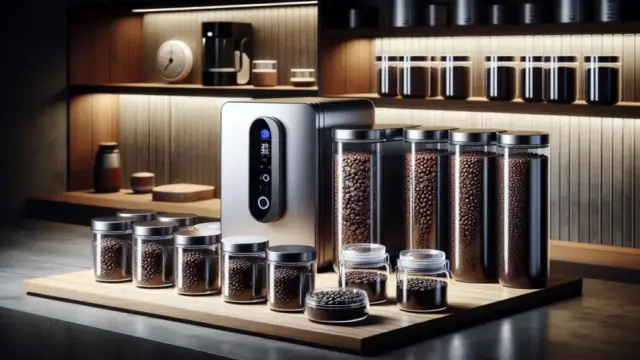








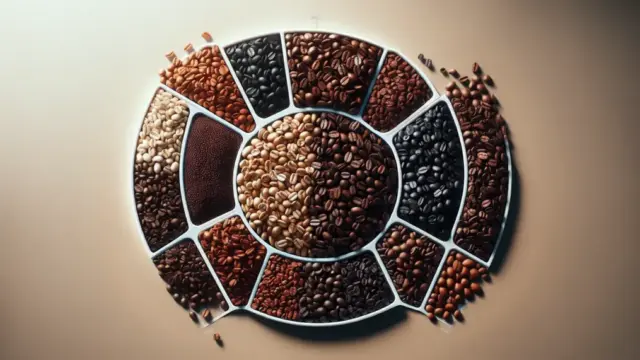























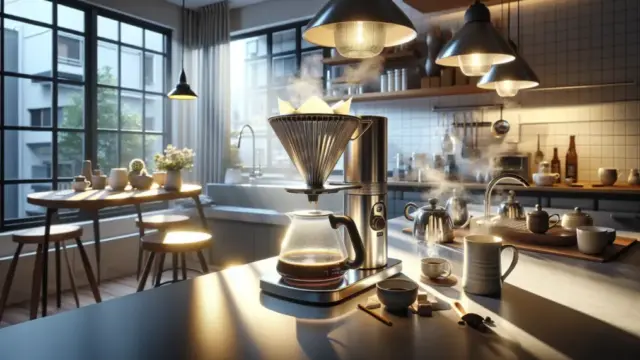















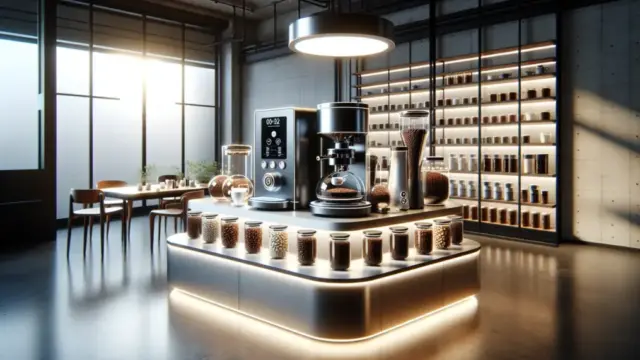





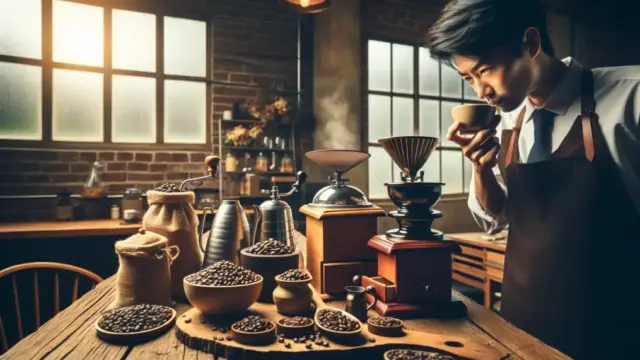



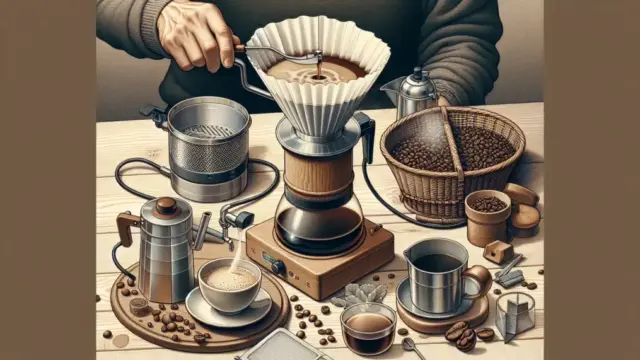

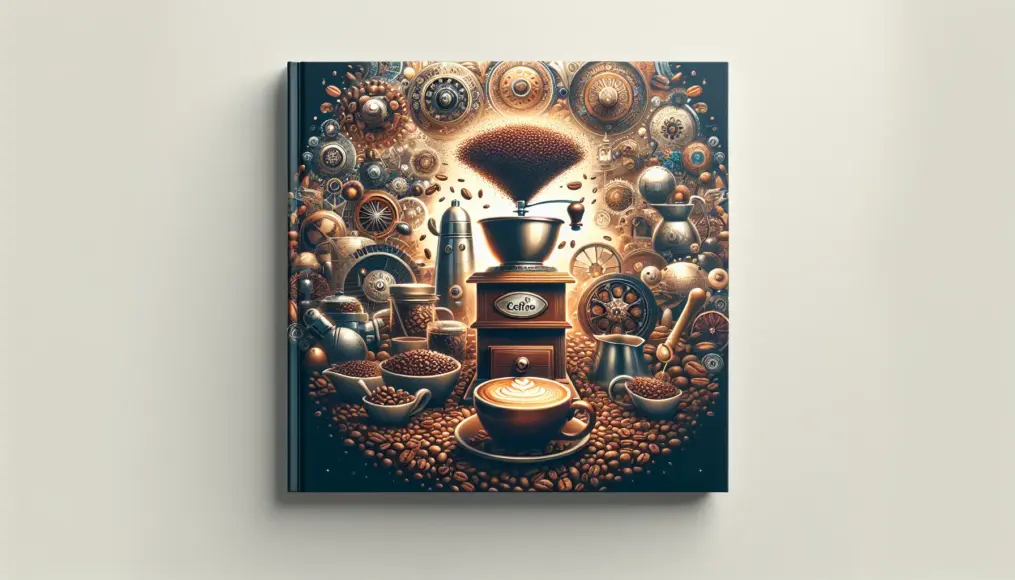
Comment